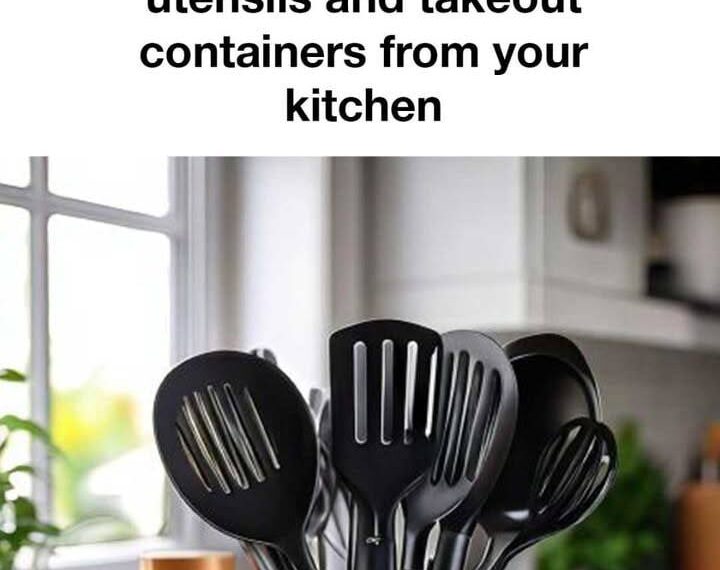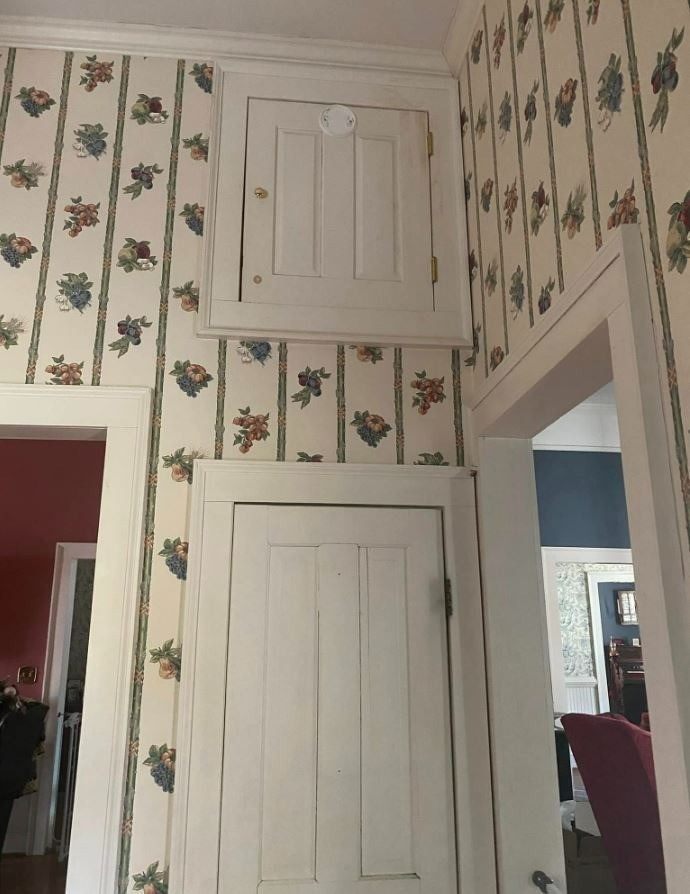At first glance, it seems insignificant, almost like an afterthought. But that hole is anything but. It’s actually a crucial part of the safety pin’s design that makes it work properly. The hole is there to allow the sharp pin end to lock securely into the clasp.
How does it work? When you close the safety pin, the sharp end slides into the clasp and fits snugly into that tiny hole. The hole helps hold the pin in place by catching the tip, preventing it from slipping out easily. This mechanism keeps the pin closed tightly, ensuring it doesn’t accidentally open and poke you or lose its hold on the fabric. So, that tiny hole is the difference between a safety pin that stays safely locked and one that might suddenly spring open.
Why Didn’t I Know This Sooner?
It’s a perfect example of something simple and common being surprisingly clever — and easy to overlook. The hole is so small and subtle that most people don’t think twice about it, and it’s not like the safety pin comes with a detailed manual explaining every tiny part.
Also, many people probably assume the clasp alone holds the pin shut, without realizing that little hole plays a critical role. It’s just one of those things that works so seamlessly that we never question how or why it works.
Other Design Details You Might Have Missed
Once you know about the hole, you might start to notice other clever aspects of the safety pin’s design. For example, the spring mechanism that keeps tension on the pin is simple yet effective. The metal’s slight curve helps keep the pin closed by applying constant pressure. And the clasp is rounded so it won’t catch or tear fabric.
In fact, the entire safety pin is a great example of elegant engineering — a small object with a perfectly balanced set of features that make it safe, strong, and reusable.
The Safety Pin Beyond Fastening Fabric
Safety pins have transcended their original use as simple fasteners. In fashion, they’re used as accessories, decorating everything from punk rock outfits to high fashion collections. Artists and designers appreciate the minimalist and functional aesthetic of safety pins.
They’ve also become symbolic. For example, in recent years, wearing a safety pin has been a sign of solidarity and support for marginalized communities. This little object that once simply held clothing together has taken on a powerful cultural meaning.
Fun Safety Pin Facts You Might Not Know
- The safety pin inspired other inventions. Its simple locking mechanism influenced designs for other clasping devices.
- They’re used in emergency survival kits. Because they’re lightweight and multipurpose, safety pins are common in camping and first aid kits.
- Safety pins have appeared in art and history. The safety pin was once used to fasten cloth diapers before modern ones were invented, and it also shows up in ancient forms of fastening, though in less advanced forms.
- There’s a record for the largest safety pin! Some people have crafted giant safety pins for promotional or artistic purposes — a fun nod to the everyday item’s importance.
The Science of the Safety Pin’s Hole
The hole in the safety pin isn’t just random; it’s a precise size and shape designed to hold the sharp point exactly right. If it were too big, the pin wouldn’t lock properly and could slip open. If it were too small, the pin’s tip wouldn’t fit, making it impossible to close.
This is an example of simple mechanical engineering — a tiny detail with a big impact. And it highlights how even everyday objects around us are carefully designed, often without us realizing it.
Could the Safety Pin Be Improved?
Given how effective and simple the safety pin is, it’s no surprise it’s remained mostly unchanged for over 170 years. However, there are always innovations. Some companies have developed safety pins with plastic covers for extra protection, or different shapes for specialized uses, like quilting or baby care.
But the classic metal safety pin with its tiny hole remains one of the best examples of “if it ain’t broke, don’t fix it.”
How to Appreciate Everyday Objects More
Knowing the story behind the tiny hole in a safety pin is a great reminder to appreciate everyday objects more deeply. So many things we take for granted have fascinating histories and clever designs. From pencils to zippers, coffee mugs to light bulbs — each item is the result of creative problem-solving and thoughtful engineering.
Next time you pick up something small and simple, take a moment to look closely and wonder: Why is it designed this way? What problem does it solve? It might surprise you how much thought went into making your life easier.
Conclusion: The Tiny Hole’s Big Impact
That tiny hole in the safety pin may be small and easy to overlook, but it’s essential to the pin’s function and safety. Without it, safety pins wouldn’t be nearly as reliable, and we might still be struggling with less effective ways to fasten fabric.
Now that you know the secret, you might feel a bit more connected to this everyday item — and perhaps a little smarter for having learned something new about something so ordinary. It’s a wonderful example of how even the simplest things in life can hold surprising stories and clever designs waiting to be discovered.
So next time you see a safety pin, pause and give that tiny hole a little nod of respect. After all, it’s the small things that often make the biggest difference.





